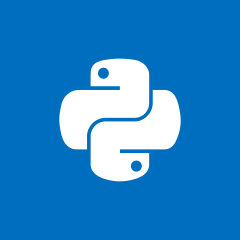使用 for 语句从数据框中附加列表
在学校学习Python。在开发一个项目时,我想从一个数据帧中删除特定行并将其转换为另一个数据帧。我有一个包含 372 种动物的列表,如果它们的名字出现在数据框中(数据框有 1288 行,每行都是不同的动物),我想删除该行。因此,我找到了删除行的解决方案:
ess_aza = []
for i in aza_names:
if True:
ess_aza.append(ess_clean.loc[ess_clean['scientific_name'] == i])
else:
return
列表打印出来后的样子是这样的:
[Empty DataFrame
Columns: [common_name, scientific_name, status]
Index: [], common_name scientific_name status
0 Addax Addax nasomaculatus Endangered, Empty DataFrame
Columns: [common_name, scientific_name, status]
Index: [], common_name scientific_name status
1 Alligator, Chinese Alligator sinensis Endangered, common_name scientific_name status
1 Anoa, lowland Bubalus depressicornis Endangered, Empty DataFrame
Columns: [common_name, scientific_name, status]
Index: [], Empty DataFrame
Columns: [common_name, scientific_name, status]
Index: [], Empty DataFrame
Columns: [common_name, scientific_name, status]
Index: [], ,....
我对 Python 的了解不够,不知道为什么它会给我这样的输出。据我所知,它返回所有 1288 行的数据,并为与列表不匹配的所有行返回“空 DataFrame 列:[common_name,science_name,status] 索引:[]”。
我怎样才能阻止这种情况发生并只附加一个包含我需要的行的列表?(或者更好的是创建一个新的数据框,其中仅包含我需要的行。这就是最终目标。)
 弑天下
弑天下1回答
-

暮色呼如
如果您有要排除的行列表,请尝试以下操作:clean_df = df[~df['scientific_name'].isin(excludeRows)]获取排除行的 dfclean_df = df[df['scientific_name'].isin(excludeRows)]clean_df 是新的 df,df 是旧的 df,excludeRows 是要排除的第 3 行值。
 随时随地看视频慕课网APP
随时随地看视频慕课网APP
相关分类

 Python
Python